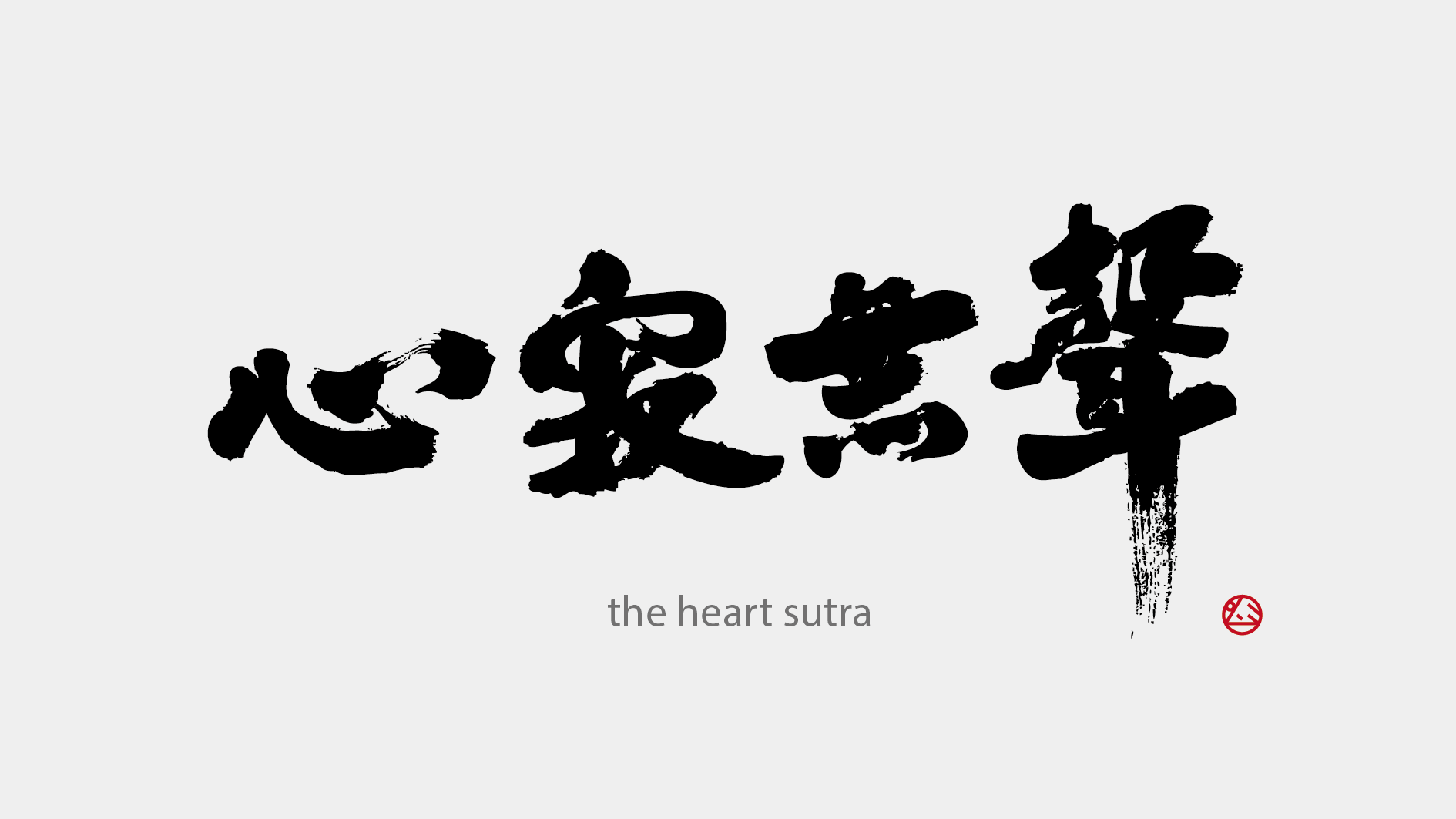The origin of drama, and ritual theatre
In this issue of StageMag, we will introduce a very special stage play – “The Heart Sutra”.
“The Heart Sutra” presents the Tao of the “Heart Sutra” in a ritual theatre and traces the spirit of the original theatre. The story is about an ascetic who is constantly searching for the truth. In the process, he encounters many environments and situations, and discovers the truth of practice in his life. The play is divided into four paragraphs: “heart”, “silence”, “nothing” and “sound”, leading the audience from speech and sound to silence.
There are very few ritual theatre performances in Hong Kong, but in fact this theatre form is directly related to the origin of theatre. Western theatre originated from the ancient Greeks’ worship of Dionysus. They would hold tragedy and comedy competitions when offering sacrifices to the god of Dionysus. This is the ritual theatre and the original form of theatre. In the 20th century, some theatre creators, such as Antonin Artaud, advocated returning the theatre to the original ritual theatre. They did not want to reproduce the sacrificial rituals of the ancient Greeks, but through ritualized performances in the theatre to stimulate the emotions of the audience. So that the audience gets emotional purification.
Director Tsang Man Tung said that modern people lack dialogue with the heart, but in fact everyone is a practitioner or an observer. He hopes that the audience can awaken the body’s power and the feelings of the five senses through the performance of “The Heart Sutra”. He believes that if we pay more attention, some very common things can awaken our body and mind. For example, when drinking water, feeling the water flowing from the lips to the throat, and then to the whole body. Feeling the changes in the whole body, this is already a kind of practice.
Theatre experience of body, mind and five senses
The story of “Heart is Silent” is very simple. It only tells the training process of an ascetic, so the focus of appreciation is not the plot of the story. “Mind Silence” will present its theme through language, music, body and theatre imagery. Therefore, when the audience walks into the theatre, they can experience the performance with their body, mind, and five senses.
Tsang Man Tung believes that language can make the audience understand life and death, but restrictions still existed. Only voice and body can express the situation. It can be played through different instruments, including pipa, Middle East drum, and chanting bowl. They created different audio frequencies to promote rhythm and emotions of the performance and make it easier for the audience to enter the state.
Visually, the set design is based on nature and imaginary spirits. It uses materials such as branches and stones to present the feeling of nature. Leaving a lot of space for the actors to show their bodies. The clothing is made of pure cotton and linen materials – simple dressing to communicate with nature.
Before the performance begins, there is a tea table on the stage, where the actors serve tea to the audience. Tsang Man Tung hopes that the audience can enjoy the show with a relaxed mood. Serving tea can reduce the distance between the audience and the actors. Audience can enjoy the performance up close and communicate in the form of sharing. In addition, drinking tea before the performance can awaken the audience’s sense of taste, and then use the auditory and visual perception to feel during the performance. The audience can make full use of their five senses.
Connect with nature
Most stage plays will be performed and rehearsed indoors. “The Heart Sutra” will be performed in the Cultural Activities Hall of Tuen Mun Town Hall, but the rehearsal is particularly chosen in an outdoor natural environment. Director Tsang Man Ting said that the rehearsal is arranged in landscapes. Through exposure to natural materials, the actors need to be aware of and explore the movement of their bodies and minds at every moment. The consciousness is between existence and nonexistence. Thus, expressing the dialogue of the heart. He hopes that the actors use nature to create scenes and feelings, rather than using their minds.
Most of the actors in “The Heart Sutra” have no experience of practicing or rehearsing in nature. Through this training, they are more in touch with nature than ever before. Chan Wing Chuen, who is also an artistic director and actor, said that rehearsing in the stream is dangerous. He will pay attention during training to prevent injuries and be more aware of his physical changes. The environment of the rehearsal room is safe, you will pay less attention to the external situation. However, rehearsing in a natural environment, the sounds of birds and the flow of streams, etc., will affect the body and emotions of the actors, which is a very special rehearsal experience.
Another actor Lo Wing Ki thinks that the space in the rehearsal room is limited. All the energy can be radiated outside and hope to try more different “dialogues with nature” in the future. Actor Tam Yuk Ting revealed that because the outdoor environment changes every day, every training is like a brand new one. The body and mind feel different every time, which is quite interesting.
As an audience, we cannot go to the stream every day to rehearse and experience the feeling of practicing in nature. But we can walk into the theatre and feel the achievements of the actors’ practice. The artistic conception of “heart”, “silence”, “nothing” and “sound”.
(The above is a translated version, original text by Jeannie Lam)

